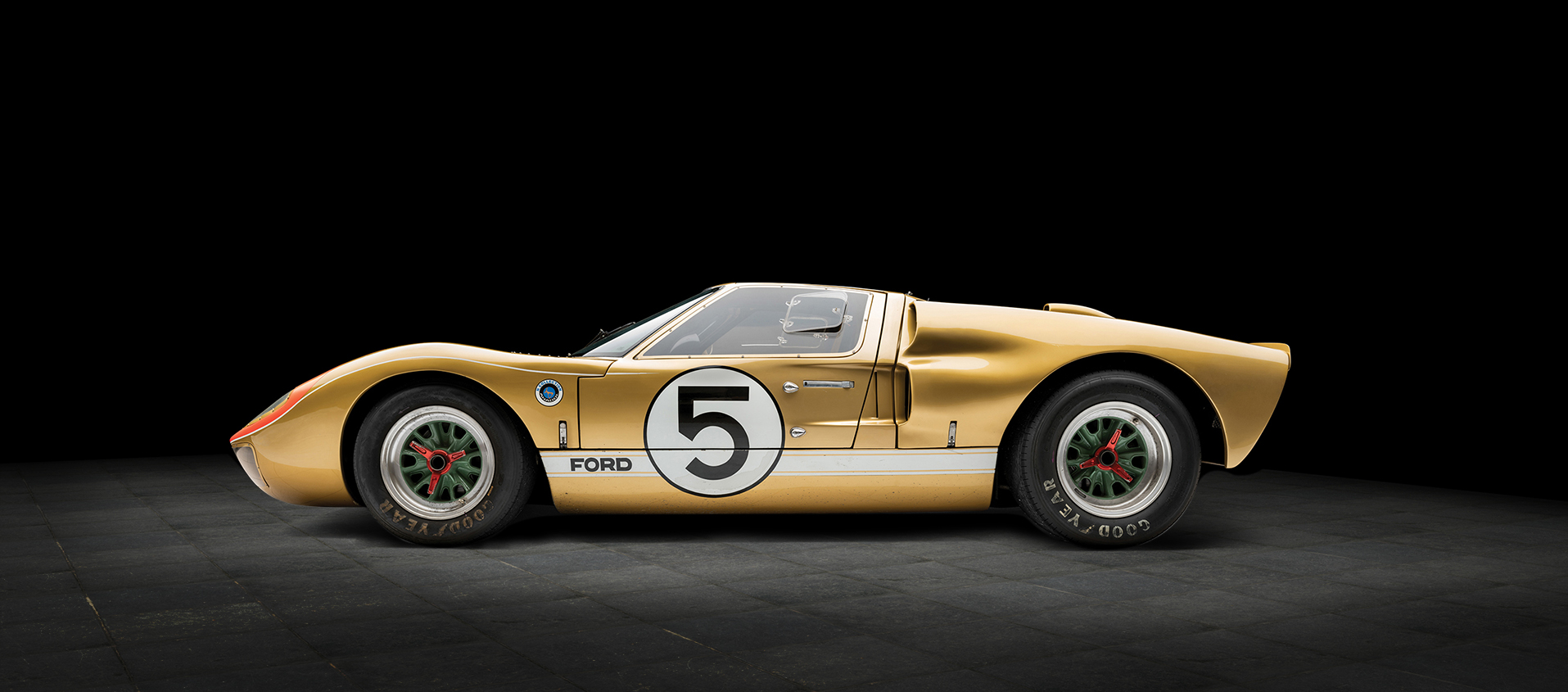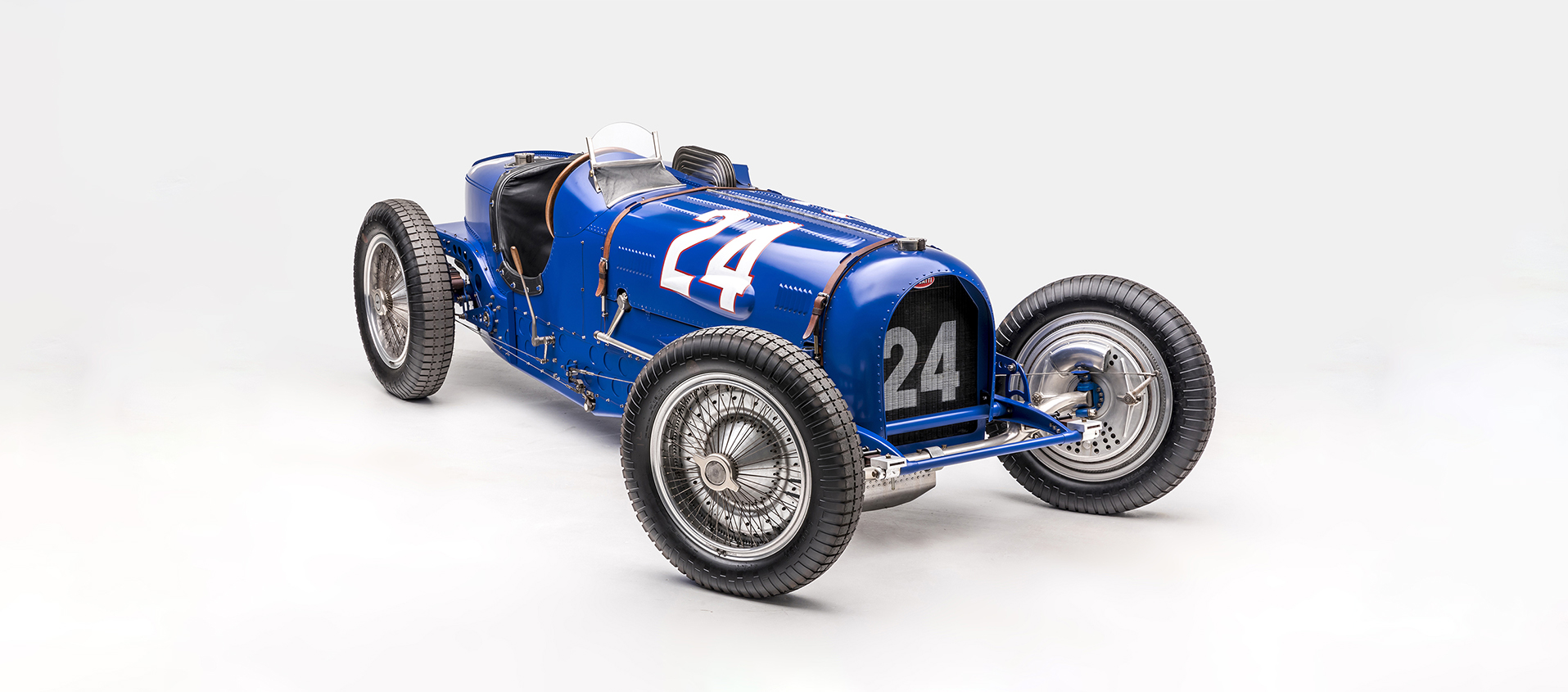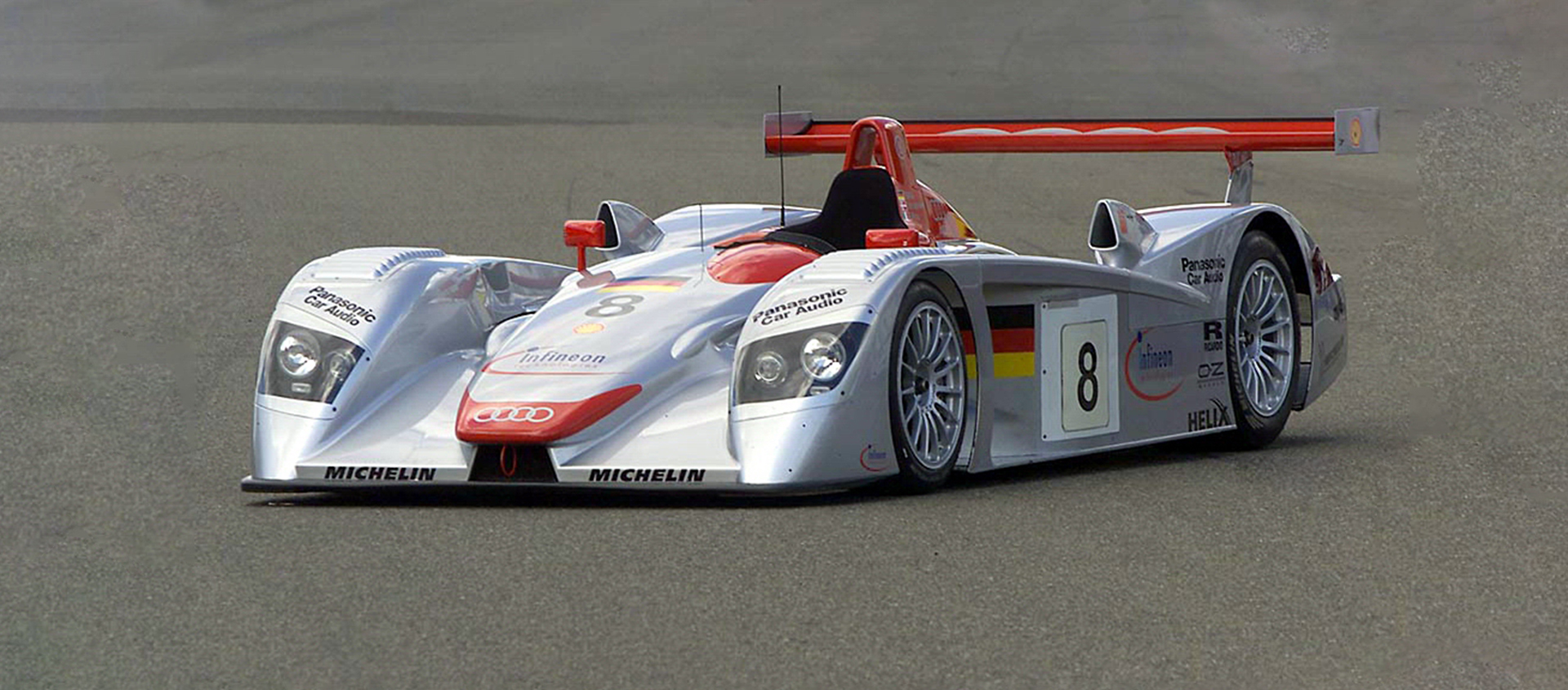GT40, daughter of spite
28 November 2020 1 min read 8 images

The giant Ford didn’t like the fact that every Monday, newspapers the world across talked about Ferrari’s victories without him having to pay a single penny in advertising. Henry Ford II also look at all the money his brands had to invest for their own image. We are in the early 1960s and discreetly, through confidential contacts, Ford managed to establish contact with Enzo Ferrari with the intention of buying the Italian company and transforming it into its racing department.
Register to unlock this article
Signing up is free and gives you access to hundreds of articles and additional benefits. See what’s included in your free membership. See what's included in your free membership.
Already have an account? Log In


